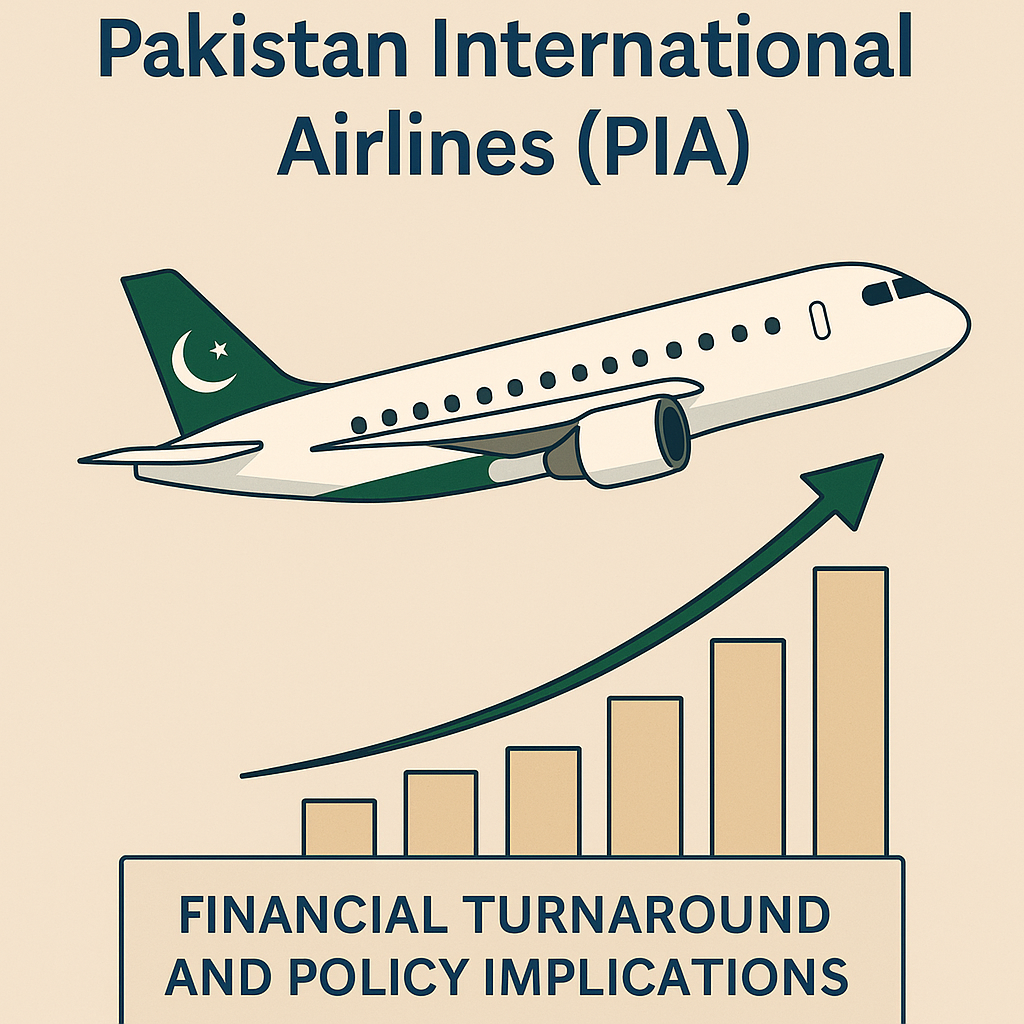
In April 2025, Pakistan International Airlines (PIA) reported its first annual profit in over two decades, marking a significant milestone in the national carrier’s history. This financial turnaround comes amid renewed efforts by the Pakistani government to privatize the airline, a move closely tied to broader economic reforms under a $7 billion International Monetary Fund (IMF) program.
The government’s previous attempt to privatize PIA in 2024 was unsuccessful, receiving only a single bid that fell significantly below the asking price of over $300 million. To address concerns raised by potential investors, the government undertook substantial restructuring measures. Approximately 80% of PIA’s legacy debt—over Rs671 billion—was transferred to government accounts, which significantly reduced the airline’s negative equity from Rs698 billion to just Rs45 billion by April 2024.
Operational reforms were also key to the turnaround. These included a 30% reduction in workforce, suspension of loss-making routes, and improved aircraft utilization. According to public reports, these measures contributed to an operating profit of Rs9.3 billion and a net profit of Rs26.2 billion for FY 2024. The airline also recorded earnings per share of Rs5.01—an indicator of renewed investor confidence.
Although detailed financial statements are not yet published on PIA’s official website, these figures have been confirmed by senior government officials and reported by multiple reputable news agencies. Therefore, references to these numbers in this article rely on secondary sources, including Reuters and Pakistan Today, used in accordance with fair use and proper attribution principles.
Following the reported turnaround, the government plans to relaunch the privatization process by inviting fresh expressions of interest by the end of April 2025. The timeline for completing the transaction extends to December 2025, with revised pre-qualification criteria likely to reflect PIA’s improved financial standing. Authorities are also expected to revisit the airline’s valuation in light of reduced liabilities and restored profitability.
PIA’s privatization is not an isolated fiscal exercise—it is part of a broader effort to reform state-owned enterprises (SOEs), which have historically been a drain on Pakistan’s public finances. A successful divestment could reduce the fiscal burden on the exchequer, improve service delivery in the aviation sector, and set a precedent for similar transactions involving loss-making SOEs.
Nonetheless, significant challenges remain. The privatization process must contend with political resistance, labor union concerns, and the imperative to ensure procedural transparency. Any perception of impropriety could undermine investor confidence and damage the credibility of the wider reform agenda.
The PIA case illustrates the importance of coordinated restructuring, transparent policy frameworks, and stakeholder engagement. If handled effectively, it could be a rare success story in Pakistan’s long and often troubled history of public sector reform.
